Pre-Production Review: 2013 Nissan Sentra (Bonus Video)

It’s not easy being Nissan’s middle child. Big brothers Maxima and Altima steal the limelight and even the Versa has upstaged the Sentra since 2011. With the seventh generation, Nissan has decided to completely redesign the Sentra giving it some much needed love. This refocus on the C-segment isn’t surprising with so much competition swirling from the stalwart Corolla and Civic to the upstart Dart and Sonic. In order to compete in this cut-throat market Nissan has whipped up a compact car so big on the inside it’s EPA classified as a mid-size sedan. Did Goldilocks get it right? Is the middle the best place to be?
Exterior
The Sentra’s design has never stirred the soul and the seventh generation is similarly unlikely to make your loins burn. I don’t call that a bad thing as edgy designs can age poorly, instead Nissan has gone for a flowing form that is decidedly elegant compared to other entries in this segment. Up front we get the new Nissan grille with plenty of chrome (a look that I found quite attractive) and out back we get trendy LED tail lamps. The exterior treatment finally makes the Sentra look like one of the family and not the redheaded stepchild. Under the new sheetmetal is a distinctly different car than the outgoing Sentra. The new platform has been stretched by 2.3 inches and the wheelbase has grown slightly as well. Despite the dimension gains the new Sentra is 150lbs lighter than the outgoing model.
Interior
As you would expect with a car slotted between the Versa and Altima, the Sentra’s interior lands between them in terms of feature content and quality. Unexpectedly however, the quality side of the picture leans more toward the Altima than the Versa with soft touch plastics galore and a pleasing color palate. My only cabin gripe is: for some reason Nissan continues their love affair with faux-tree.
Front seat comfort proved above average on our full day with the Versa but the lack of an adjustable lumbar support would concern me on longer trips. All Sentra models feature a tilt and telescopic steering column, but you should spend some time behind the wheel before you buy as the range of motion is somewhat limited. Out back the Sentra offers the most rear seat leg room of any Nissan or Infiniti product at 37.4 inches. Yes, you read that correctly, that’s more leg room than Altima, Maxima, Quest and the Infiniti M.
The stubby trunk lid belies the true nature of the Sentra’s cargo hold. Nissan is claiming it is finally competitive at 15-cubic feet of space, however, I discovered something the marketing folks at Nissan didn’t mention however: a 22-inch roller bag (largest carry-on size on domestic flights) fits upright in the trunk. This means that despite having a trunk smaller than may full-size sedans I was able to jam more luggage in the Sentra due to an intelligent use of the space. As with any vehicle that has a stubby trunk however the opening is more of a cargo slot precluding some bulky items from entering.
Infotainment
In order to achieve the low price point Nissan targeted, the base Sentra S model is fairly basic with cheaper cloth seats, few options and a 4-speaker AM/FM/CD radio with no AUX input, iPod/USB interface or Bluetooth. As a result anyone interested in music should step up to the SV model which gets a standard 6-speaker sound system or an optional 8-speaker system by Bose. SV buyers also get the option of a display-free radio, a 4.3-inch display audio system or the new “NissanConnect” navigation system with a 5.8-inch display. The NissanConnect system is a revised version of Nissan’s well known “Low Cost Navigation System” which at $650 is a great buy. The only thing worth noting here is that in order to buy the NissanConnect system, you have to also get the $1,000 “Driver Package” which includes keyless-go, XM Satellite Radio, a leather wrapped steering wheel, auto head lights, Bluetooth and an iPod/USB interface. Even at $1,650m (should you decide you don’t want all those other luxury goodies) the nav system is a great buy when the cost of entry for Nav on the new Pathfinder is nosebleed high. The navigation interface should be familiar to anyone with an aftermarket nav system and I am told that map updates will be similarly cheap. If you want to see more on the infotainment system just watch the video review above.
Drivetrain
Instead of rehashing the old Sentra’s engine, Nissan crafted a new 1.8L four cylinder engine that appears to be closely related to the 1.6L engine Nissan developed for the Versa sedan. The downsized engine cranks out 130HP and 128lb0ft of torque, unless you’re in one of the 14 states that follow California’s stricter emissions standards which drop output to 124HP and 125lb-ft of twist. Those that are paying attention will note this is a 10HP and 21lb-ft reduction from the 2012 Sentra’s 2.0L engine. To improve fuel economy and emissions, Nissan added dual variable valve timing to the engine, but direct injection is strangely absent. Power is sent to the front wheels via, you guessed it, a Continuously Variable Transmission (CVT). Borrowing another page from the Versa, the Sentra’s CVT uses a 2-speed planetary gearbox to broaden the range. In broad terms, the way this works is: you start out with the gearset in low and the CVT in its lowest range. When the CVT hits the highest ratio, the planetary gearset switches to high and the CVT switches back to low. The shift is almost imperceptible, but the improvement to driveability. The transmission’s effective gear ratio is lower than Nissan CVTs of the past giving it better performance from a stop in addition to improved fuel economy. Nissan does offer a 6-speed manual, but it is relegated to the S model only.
Drive
The first thing I need to disclose is that I don’t have a problem with CVTs. Why? Because in my experience driving a wide variety of small cars, the CVT equipped econoboxes are usually better at hill climbing and merging acceleration than the competition. Nissan’s new CVT with its broader range (Nissan says it is similar to the average 7-speed automatic) further proves this point. Of course when you pit 130HP against 2,850lbs you shouldn’t expect any great urgency in acceleration, but I clocked a respectable 9.3 second run to 60 which is as underwhelming as everyone else in this segment.
On the rough back country roads of Napa a few things became obvious. First, the Sentra has a well sorted chassis and only lost its composure when the potholes approach the size of smart cars. This is more than can be said of the Elantra and Forte which seem upset when driven over mildly broken pavement. On the flip side, Nissan’s choice for narrow and hard rubber mean the Sentra’s handling potential is seriously curtailed, so don’t expect a stock Sentra to hang with the Mazda3 or Focus. While that is something the buyer can obviously correct more easily than trying to iron out the wrinkles in the Korean competition’s suspension, keep in mind your fuel economy numbers are inexorably tied to the amount of rubber on the road and how grippy it is. Lastly, the Sentra surprised with steering that is light and vague, more so than the last Versa or Altima I drove. While not a concern for most driving situations, the lack of feel and precision was annoying when canyon carving.
While the Sentra may offer a middling experience in terms of performance and handling, Nissan’s aggressive pricing excites my inner skinflint. Ignore that low $15,990 starting price, almost nobody wants a base Sentra with four speakers and a manual transmission. It’s a well optioned SV or SL model that has my value-hunting nose twitching. The SV model starts at $17,970 and ends at $21,610 while the SL starts at $19,760 and tops out at $23,430. Regardless of the options you select, these two trim levels of Sentra undercut the Focus/Civic/Mazda3 competition by a wide margin and even manage to be cheaper than a similarly equipped Hyundai/Kia. While the Versa has the distinction of being the cheapest car in America and the Altima is as competitive as the other entries in its segment, the Sentra seems to have pulled ahead. Anyone wonder what the 2013 Civic has up its sleeve? I know I do.
Nissan invited us to a local media event, put us up in a hotel and stuffed us with food
Specifications as tested
0-30: 3.5 Seconds
0-60: 9.3 Seconds
1/4 Mile: 17.2 Seconds @ 80 MPH
Average Fuel Economy: 36.2 over 145 miles

More by Alex L. Dykes
Latest Car Reviews
Read moreLatest Product Reviews
Read moreRecent Comments
- Brendan Duddy soon we'll see lawyers advertising big payout$ after getting injured by a 'rogue' vehicle
- Zerofoo @VoGhost - The earth is in a 12,000 year long warming cycle. Before that most of North America was covered by a glacier 2 miles thick in some places. Where did that glacier go? Industrial CO2 emissions didn't cause the melt. Climate change frauds have done a masterful job correlating .04% of our atmosphere with a 12,000 year warming trend and then blaming human industrial activity for something that long predates those human activities. Human caused climate change is a lie.
- Probert They already have hybrids, but these won't ever be them as they are built on the modular E-GMP skateboard.
- Justin You guys still looking for that sportbak? I just saw one on the Facebook marketplace in Arizona
- 28-Cars-Later I cannot remember what happens now, but there are whiteblocks in this period which develop a "tick" like sound which indicates they are toast (maybe head gasket?). Ten or so years ago I looked at an '03 or '04 S60 (I forget why) and I brought my Volvo indy along to tell me if it was worth my time - it ticked and that's when I learned this. This XC90 is probably worth about $300 as it sits, not kidding, and it will cost you conservatively $2500 for an engine swap (all the ones I see on car-part.com have north of 130K miles starting at $1,100 and that's not including freight to a shop, shop labor, other internals to do such as timing belt while engine out etc).



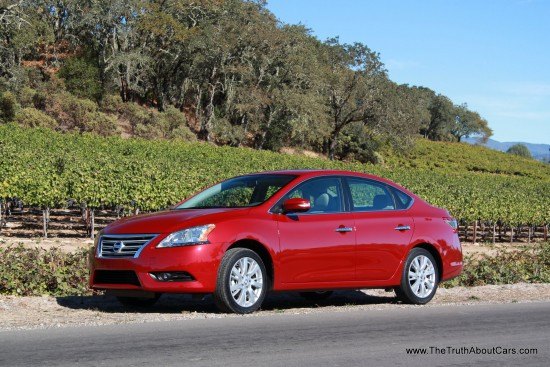











































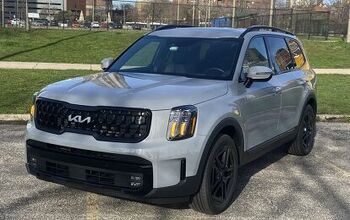
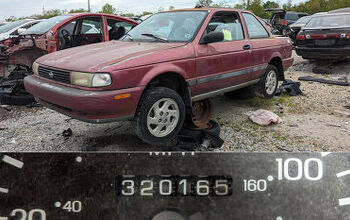
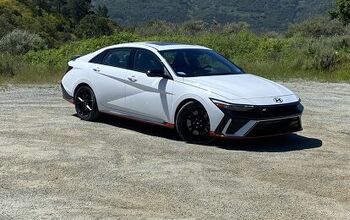
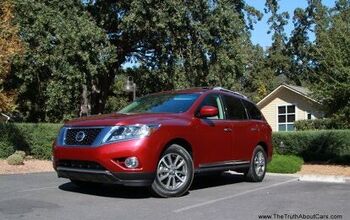

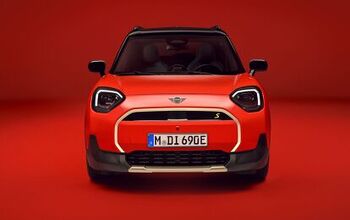
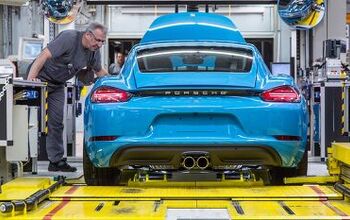
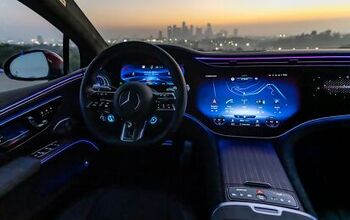

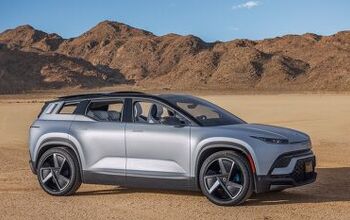

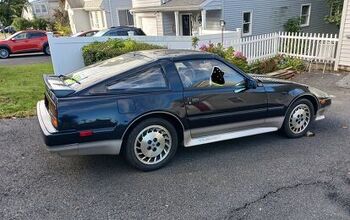
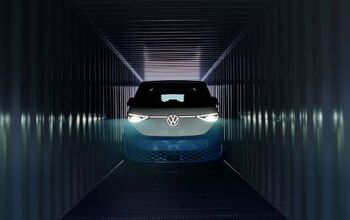

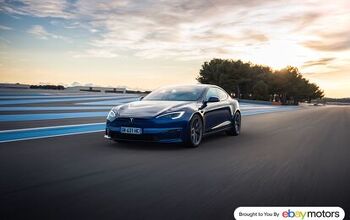
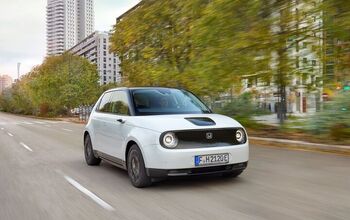
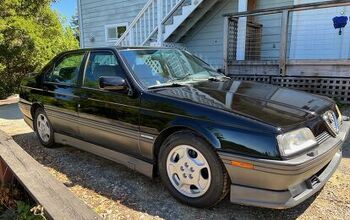

Comments
Join the conversation
Like others have said - nice rental. I would never own a low torque FWD CVT car though. Well with the planetary gears its kind of a hybrid tranny. This is firmly in the growing appliance car catergory. Something oddly enough this site is fond of.. I say you only live once and you don't want to waste years driving something this forgettable.
I just went to a Canadian Nissan website, unless specs changed from this pre-production review, I'm surprised that American 2013 Sentra gets 10 less HP, 19 less lb ft of torque, but 2 extra cubic feet of trunk space: MR20DE - 1.8-litre DOHC 16-valve 4-cylinder engine Horsepower - 140 HP @ 5100 rpm Torque - 147 lb-ft @ 4,800 rpm Cargo volume - L (cu. ft.) 371 (13.1) And lo and behold, Canadian Sentra starts cheaper than US model! Base MSRP $14,848 vs. $15,990. But Canada does not get A/C as standard equipment, it's $1,050 option, making it $15,898 vehicle.